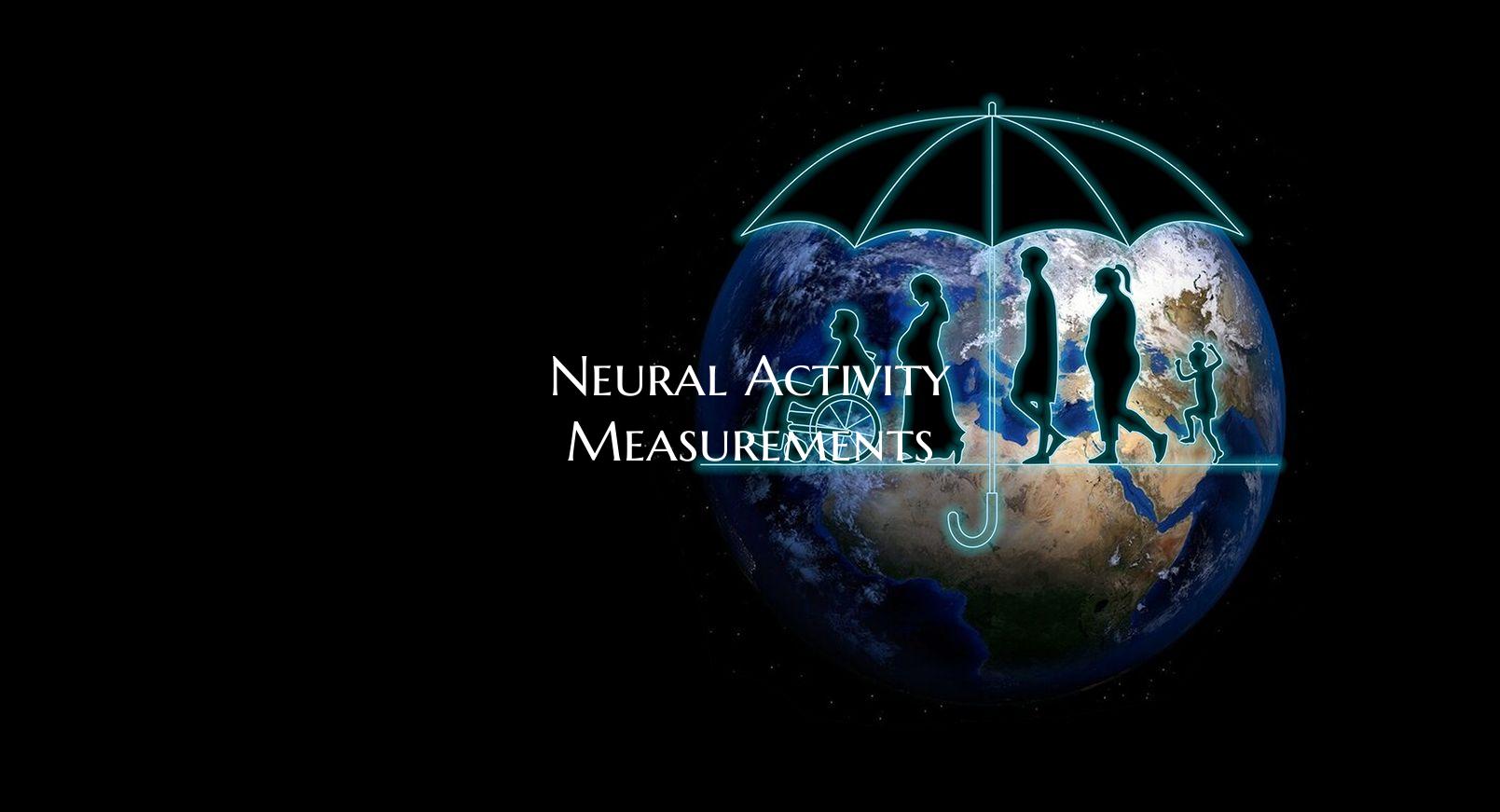
Neural Activity Measurements
Neural activity measurements play a crucial role in unraveling the complexities of the human brain and understanding how it functions. By monitoring and analyzing the electrical signals within the brain, researchers can gain valuable insights into various cognitive processes, behaviors, and neurological disorders. Let's delve deeper into the world of neural activity measurements to appreciate their significance.
1. Electrophysiology Techniques: Electrophysiology is a branch of neuroscience that involves measuring the electrical activity of neurons. Techniques such as electroencephalography (EEG), magnetoencephalography (MEG), and single-unit recording are commonly used to monitor neural activity at different spatial and temporal scales. These tools provide researchers with real-time data on brain function during tasks, rest, or under different conditions.
2. Functional Imaging: Functional imaging techniques, including functional magnetic resonance imaging (fMRI) and positron emission tomography (PET), allow for the visualization of brain activity by measuring changes in blood flow or metabolic activity. These methods provide detailed spatial information about brain regions that are active during specific tasks or at rest, offering insights into the neural networks underlying various cognitive processes.
3. Neural Oscillations: Neural oscillations are rhythmic patterns of neural activity that play a crucial role in information processing and communication within the brain. By analyzing the frequency and amplitude of these oscillations, researchers can decipher how different brain regions interact and coordinate their activity to support complex cognitive functions such as attention, memory, and decision-making.
4. Neurofeedback: Neurofeedback is a technique that utilizes real-time neural activity measurements to provide individuals with feedback about their brain function. By allowing individuals to modulate their neural activity consciously, neurofeedback has shown promise in improving cognitive performance, reducing symptoms of neurological disorders, and enhancing overall brain health.
5. Clinical Applications: Neural activity measurements have significant implications for clinical research and medical practice. They are instrumental in diagnosing and monitoring neurological disorders such as epilepsy, Alzheimer's disease, and Parkinson's disease. By identifying abnormal patterns of neural activity, healthcare professionals can devise targeted interventions and personalized treatment plans for patients.
In conclusion, neural activity measurements form the foundation of modern neuroscience research and clinical practice. By leveraging advanced techniques to monitor and analyze brain activity, scientists and healthcare professionals can uncover the mysteries of the brain, develop innovative therapies, and ultimately improve our understanding of the human mind.